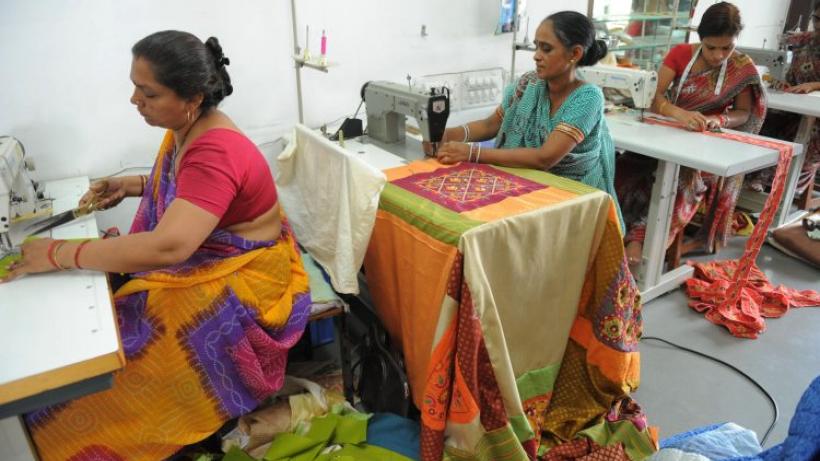
Female labour force participation: A summary of IGC research
-
Female-labour-force-participation-summary.pdf
PDF document • 591.19 KB
This sub-thematic summary highlights the IGC’s research on female labour force participation over the past 10 years.
Despite substantial increases in female labour force participation across the world in the last century, the global labour force participation for women stands at 49% in 2018, 27 percentage points below that of men. The slower decline in women’s participation rate than that of men has slightly narrowed the gender gap since 1990. However, the rate of improvement, which has already been slowing since 2009, is expected to halt or even reverse during 2018-2021 (ILO 2018). This is in part due to the growing number of young women in emerging countries that are enrolled in formal education and delaying their entry to the labour market.
The traditional economic rationale for increasing female labour force participation is that it benefits women directly and society indirectly. However, a recent study on the allocation of talent and economic growth (Hsieh et al. 2019) demonstrates how increased female labour force participation will directly boost aggregate economic growth and benefit everyone.
IGC research explores the factors that constrain female labour force participation and how to tackle them in different spaces. In particular, IGC research has focused on barriers that affect the human capital of women and girls, physical and economic freedom (namely transport and financial constraints) of women, as well as the lack of enabling conditions in the workplace. The research also explores how institutionalised norms intersect across these different areas to affect women’s productive employment. For more information, please see the new IGC Growth Brief, Making the workplace work for women.



